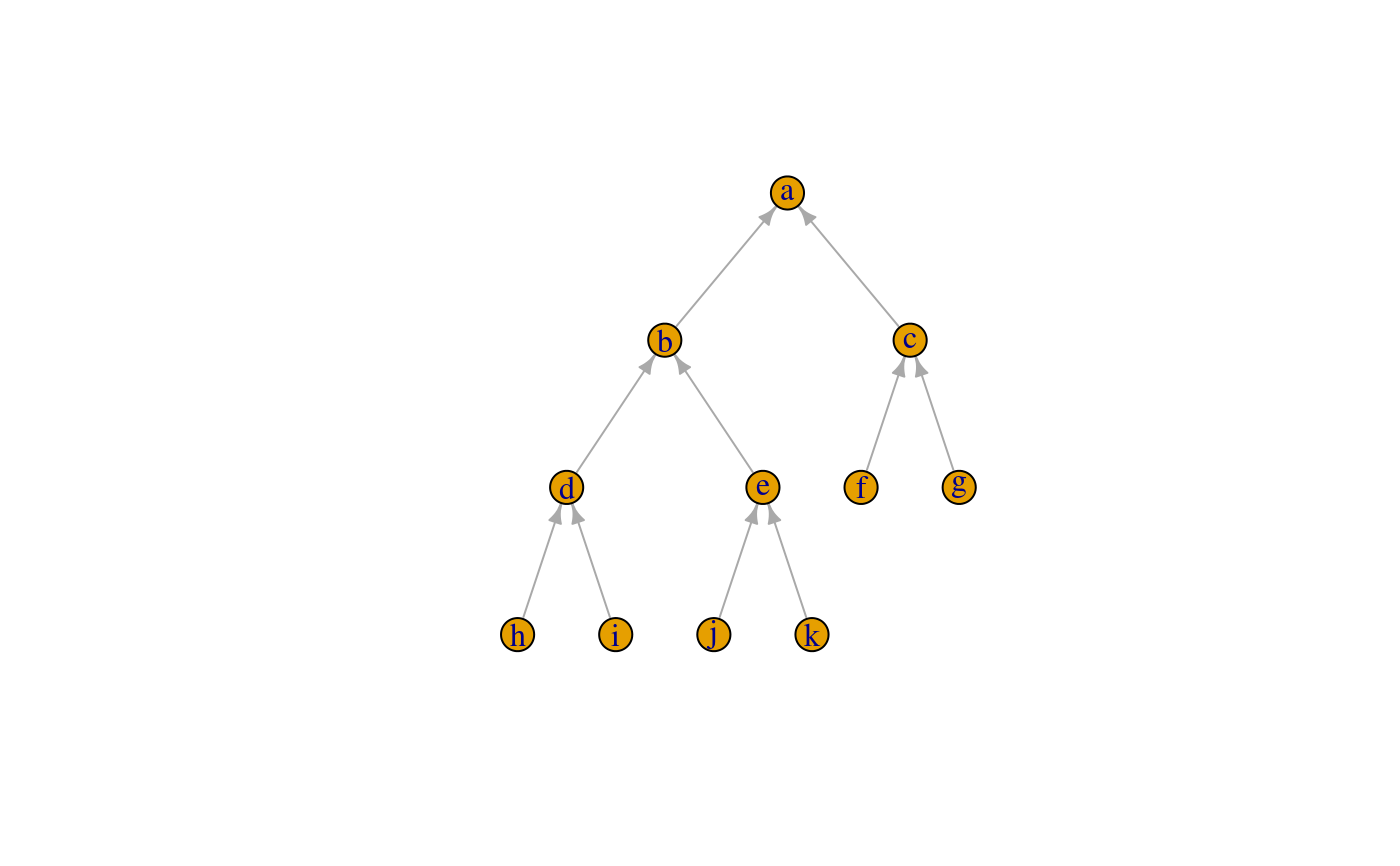Network Analysis
What does Network Analysis entail? Network analysis is a powerful method employed for the examination, management, and surveillance of business processes and workflows. With Blusonic, businesses can reap the advantages of our cutting-edge solution for network data monitoring and diagnostics, serving as the ultimate destination for data centers or cloud environments. We assist organizations of all sizes, whether small, medium, or large-scale, in flourishing within an interconnected world.
Have a specialist reach out to you for more information on custom Cloud Migration Service for your business.
Network Analysis for Your Business
Networks comprise graphical representations of the relationships (edges) between variables (nodes). Network analysis provides the capacity to estimate complex patterns of relationships and the network structures can be analyzed to reveal the network's core features. A network refers to a structure representing a group of objects/people and relationships between them and the network structure consists of nodes and edges.
Employing an advanced network performance monitoring solution can greatly benefit companies. Our service offers comprehensive information for data centers, private or hybrid cloud environments. It swiftly troubleshoots network outages by identifying faulty interfaces and links. With Blusonic, you get features like historical data tracking, remote work monitoring, and network traffic monitoring. This grants unparalleled visibility of the digital experience from users to applications and network dependencies. We also enable sharing insights across your organization, empowering client teams, operations teams, and application teams to address business challenges effectively.
Compatibility
Our solution is highly compatible with enterprise environments, making it an optimal choice for businesses. With a focus on speed and scalability, it is designed to seamlessly deploy across a wide range of networks. Experience enhanced visibility into user experience for all applications and services, regardless of the network segment. Benefit from accurate diagnoses fueled by in-depth insights.
Pre-configured settings
Our solution comes pre-configured by our experts to match your organization's needs the option of being configured automatically using presets and predefined dashboards is also available. There is a whole gallery of basic presets reflecting the most common needs of users, including several enterprise protocols, and media services. In addition, service providers and individual companies can share their custom dashboards with others.
Deep insights into data network analysis
Our solution offers a cloud-based deployment model and data collection method that eliminates the need for proprietary hardware. This allows for straightforward implementation and application across your entire organization, from the help desk to the C-Suite. Our intelligence is derived from an extensive range of vantage points, providing comprehensive visibility into each network critical to your organization. With Blusonic, you can surpass traditional SNMP monitoring and gain unparalleled insight into your network infrastructure.
Network structure
AA computer network is composed of nodes and links. A node represents the endpoint of a branch within a computer system, encompassing terminal devices, workstations, and interconnecting equipment facilities. Conversely, a link signifies the communication pathway that interconnects two nodes.
Network theory
TGraph theory is the field dedicated to the examination of graphs as a means to represent either symmetric or asymmetric relations among discrete entities. The fundamental notion in computer networks theory posits that a network is composed of two or more identifiable interconnected nodes (computers).
Network Data Analysis With Recommendations
Various network structure or network visualization analysis methods can be applied using popular software platforms such as MATLAB and Stata, as well as specialized network data software packages like UCINET or Gephi. Additionally, the Stanford Network Analysis Platform (SNAP) offers a comprehensive network analysis library.
For statistical analysis and data visualization, R, an open-source statistical programming language, is highly recommended. Below, we outline methods for identifying significant or central entities within a graph theory framework.
Centrality
Centrality plays a crucial role in the examination of network traffic and network statistics. It serves as a measure of how central or significant a node or edge is within the network. The significance of an entity is determined by its connections to numerous other entities. Centrality encompasses the quantification of the number of edges directly linked to nodes within intricate networks.
To establish the most prominent node, a precise definition of an Important Node is required. Various scoring methods exist to determine centrality, with one notable example being the PageRank algorithm, which initially powered Google Search.
Stability of the centrality indices
The capability to assess centrality in social networks has proven to be an invaluable advancement in the field of social network analysis. The resilience of centrality measures when subjected to graph perturbation is a significant notion, particularly when dealing with real-world datasets from diverse domains and network models, which are frequently tainted by noise.
Clustering
Clustering is a widely utilized operation in network analysis, involving the grouping of nodes according to the underlying graph topology. It is also commonly known as community detection, due to its frequent application in social network analysis. The tidy graph package offers numerous clustering algorithms specifically designed for network resources, all conveniently prefixed with the term (group_).


